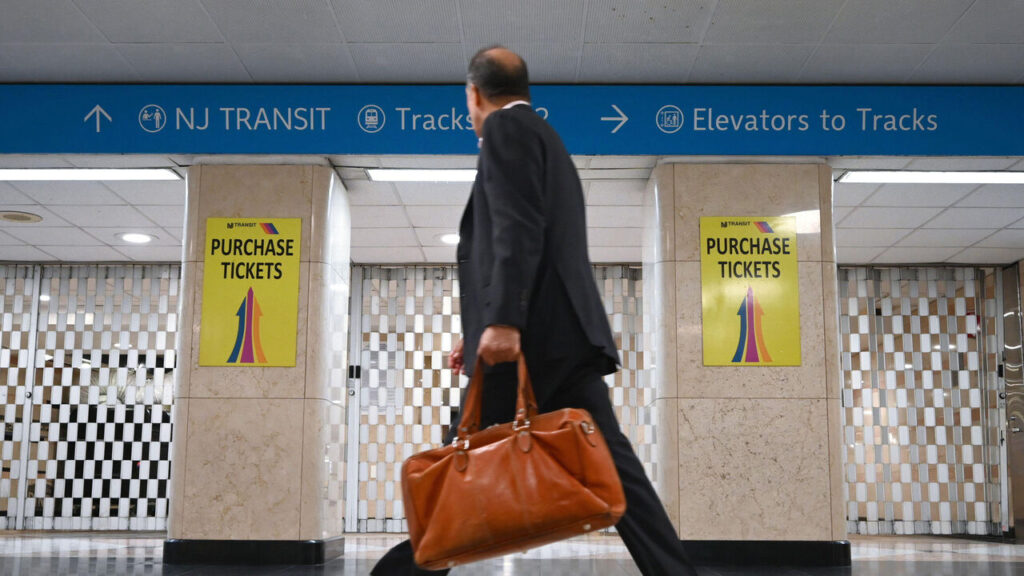For years, the dynamics of the American job market have favored a particular breed of worker: the footloose employee, who seems comfortable navigating from one opportunity to the next. Conventional wisdom in career advancement suggests that the most effective strategy to achieve a higher salary is to engage in a series of short-term employment stints, each promising a slight increase in compensation compared to the previous role. This advice echoes through various platforms, including the ever-popular TikTok, where career influencers share videos showcasing their salary progression set to lively pop music. The upbeat vibe of these videos often obscures the inherent bragging, subtly presenting it as valuable guidance for those at the start of their own professional journeys.
In many online communities like Reddit, conversations around job-hopping frequently emerge, leading users to ponder the crucial question: How short can a tenure in one position be before future employers raise concerns about disloyalty? A general consensus seems to have formed, with many advocating that staying in a role for at least a year is acceptable to avoid being labeled a job-hopper. Others, however, confidently propose a more audacious approach, suggesting that even a few months could suffice, depending on the context of the job market and the nature of the positions held.
This phenomenon of job-hopping has transformed the landscape of employment, affecting how companies recruit and retain talent. In past decades, stability was revered, with individuals typically staying with a single employer for long stretches. However, the current trend of switching jobs frequently indicates a shift in cultural values regarding work, driven largely by the desires for flexibility and higher remuneration. Employees today feel empowered to explore varied roles, believing that each new position can yield better pay and enhanced career prospects. This strategy, while seemingly effective, raises questions about long-term career development and the potential for professional stagnation if individuals are unable to solidify their skills and identities within a single organization.
Moreover, while the allure of instant salary boosts is undeniable, this practice is not without its drawbacks. Employers increasingly scrutinize the resumes of candidates with a slew of short-term positions, interpreting frequent changes as a lack of commitment or, worse, reliability. As a result, job-hoppers may find themselves facing unexpected challenges when applying for positions, particularly with more traditional companies that value loyalty and long-term engagement. This duality highlights the evolving nature of job expectations, as companies find themselves navigating between the need for stability in their workforce and the contemporary demand for talent mobility.
Interestingly, this trend dovetails with broader economic shifts and the growing acceptance of remote work. The COVID-19 pandemic accelerated this change, leading more people to seek opportunities unbound by geographic constraints. With remote work becoming a staple in many industries, skills and experiences have taken precedence over conventional tenure metrics. Individuals can now command higher salaries not merely through stagnation but by illustrating a diverse portfolio of experiences, which can include virtual collaborations and projects across various sectors.
As this job-hopping culture becomes entrenched, it also raises crucial implications for future employment strategies. Organizations are increasingly motivated to re-evaluate their own employment models, understanding the importance of fostering environments that support growth and retain talent. Flexible working conditions, professional development opportunities, and mentorship programs are becoming vital in attracting and keeping the best talent in an ever-competitive job market. Ultimately, while the traditions of past employment practices may fade away, the transformation presents an opportune moment for both workers and employers to adapt, engaging in a more dynamic and responsive approach to careers and work environments.









